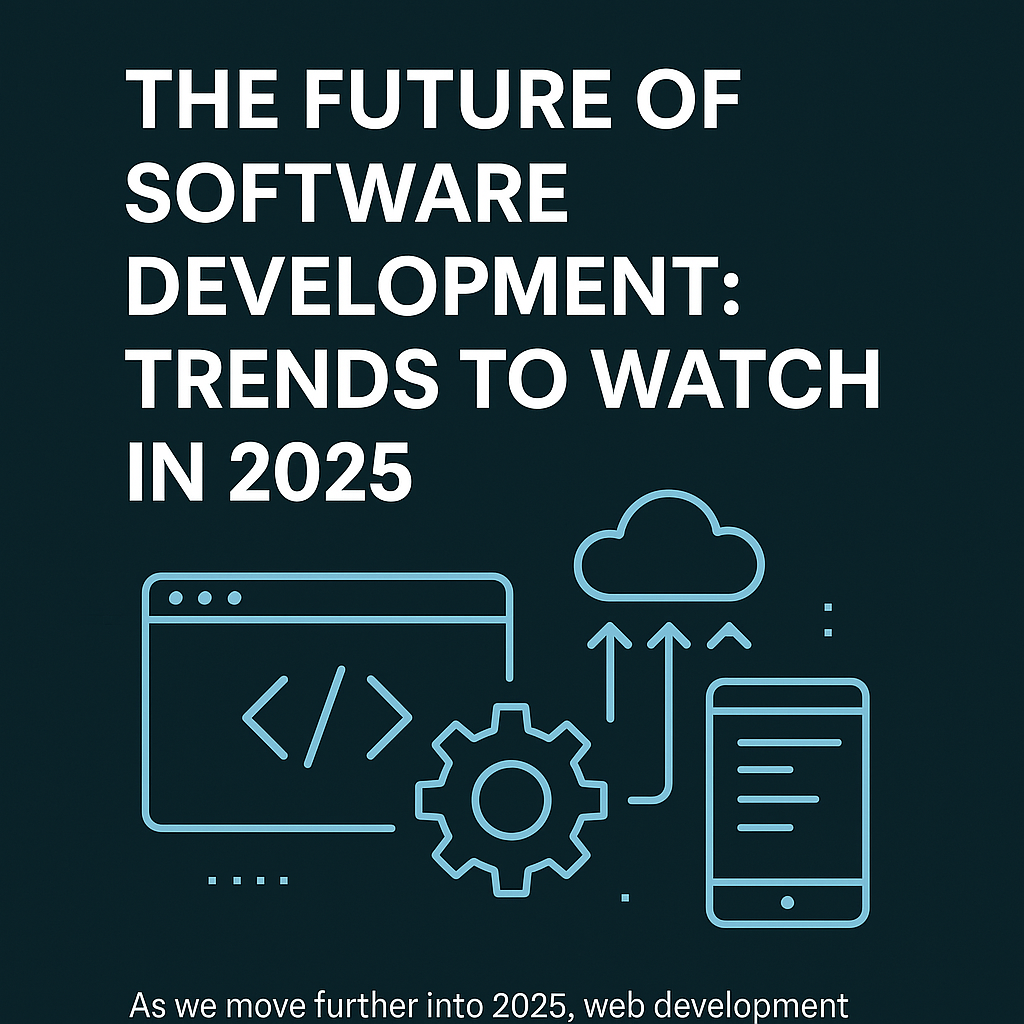Revolutionizing Software Development with MCP Servers

Introduction
In today’s fast-paced digital landscape, users expect smarter, more personalized applications that adapt to their behavior and needs in real time. Traditional software systems often fall short—either due to rigid architectures or limited state awareness. Enter MCP Servers (Model Context Protocol): a game-changing architecture that empowers developers to build truly context-aware software.
What Is a Model Context Protocol (MCP) Server?
At its core, an MCP server is a system that maintains, manages, and shares real-time context models of users, processes, or systems across various application components or AI agents. These context models evolve continuously, allowing applications to become dynamic, intelligent, and personalized.
Think of it as giving your app a memory—and the ability to adapt every step of the way.
Why MCP Servers Matter in Software Development
1. State Management at Scale
Unlike session-based systems, MCP allows persistent and real-time context management across microservices, frontends, and AI integrations. It can handle multi-session, multi-device users without losing context.
2. Seamless AI Integration
MCP servers are the perfect companion for modern LLMs and AI agents. They enable context sharing between models, enabling:
-
Smarter chatbots
-
Personalized search
-
Real-time AI assistance
-
Better decision-making systems
3. Composable and Modular Architecture
MCP acts as a brain layer between your app logic and AI stack. It decouples personalization and memory handling from core business logic—making it easier to build, test, and scale context-aware features.
4. Multi-Agent Collaboration
With MCP, multiple agents (LLMs, APIs, automations) can share a unified, evolving view of user or system state—enabling better collaboration, chaining, or co-pilots within your application.
Real-World Use Cases
| Industry | Use Case |
|---|---|
| SaaS Platforms | Personalized dashboards & intelligent workflows |
| EdTech | Smart tutoring systems that remember learner context |
| Healthcare | AI assistants that adapt to patient records & real-time updates |
| E-commerce | Real-time personalized shopping journeys |
| DevTools | AI pair programming with project-level memory |
How MCP Works Technically
-
Each entity (user, process, object) has a context model—a structured JSON-like data object
-
These are stored in a scalable backend (PostgreSQL, MongoDB, Redis, etc.)
-
The MCP server provides:
-
Read/Write APIs for context access and updates
-
Event hooks for syncing live user actions
-
AI integrations for intelligent updates and summarization
-
Sample Context Model (for a user):
Building Your Own MCP Server
Start with:
-
Backend framework (FastAPI, Node.js)
-
Context store (PostgreSQL + JSONB, MongoDB)
-
Queue system (RabbitMQ or Kafka)
-
AI layer (OpenAI, Claude, or HuggingFace)
-
Optional: Vector DB for semantic matching (Pinecone, Weaviate)
The Future Is Context-Aware
MCP servers represent a paradigm shift in software development. By decoupling state, enabling real-time intelligence, and integrating AI into the app architecture—not just the UI—developers can build software that thinks, adapts, and improves over time.
Whether you're building SaaS, AI tools, or consumer apps, context is the new currency—and MCP is the vault.
Final Thoughts
If you’re a software architect or developer looking to future-proof your application design, it’s time to explore the potential of Model Context Protocol servers. From real-time personalization to powerful AI orchestration—MCP is the missing layer in modern app architecture.